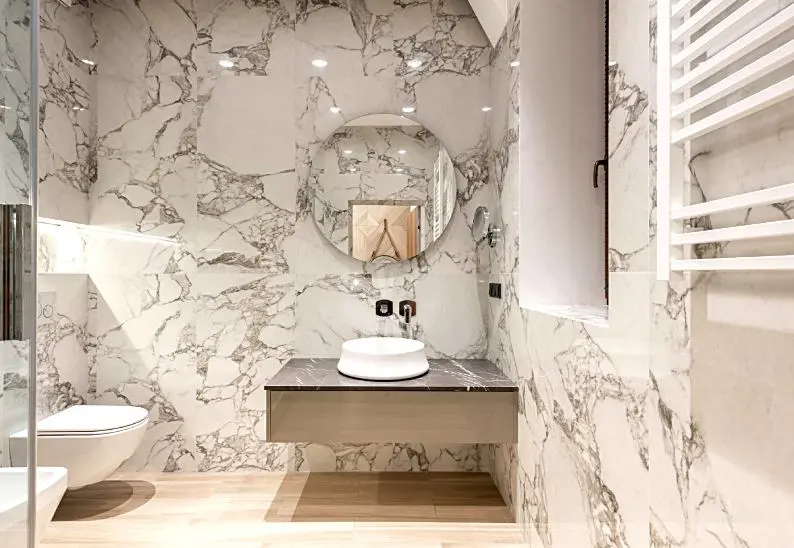words Al Woods
Bathrooms are essential in every home. There’s always a need to keep them comfortable, warm, and dehumidified, especially in cold weather. Over the years, the relevance of towel radiators has increased owing to their dual role in heating the bathroom and drying towels. The process of installation is seamless and can be performed by anybody handy with standard home tools. This guide will walk you through the steps of towel radiator installation, transforming your bathroom into a warm and comfortable space.
Materials Needed
Before beginning, ensure you have the necessary materials. These include: a towel radiator, radiator valves, pencil, spirit level, drill, wall plugs, adjustable spanner, PTFE tape, pipe cutter, and pipe collars.
Step-by-Step Installation Guide
Step 1: Positioning
First, you need to decide where to position the towel radiator. Ensure it’s located in a practical area where it can sufficiently heat the room and dry your towels. Mark the wall’s height where the top of the radiator will be, using a pencil.
Step 2: Mounting Bracket Installation
Secondly, use a spirit level to ensure your marks are level. Align the mounting brackets with the marked points, then mark through the fixing holes in the brackets onto the wall. Drill holes into these marks and secure the brackets using wall plugs and screws.
Step 3: Radiator Fitting
Next, securely fit the radiator onto the mounting brackets. At this stage, connect the radiator valves. Remember to apply PTFE tape to the radiator inlet for a firm fix and to prevent leaking.
Step 4: Pipe Connection
Now, connect the pipes. Cut the pipes to the appropriate lengths that fit into the radiator valves. It’s important to do this carefully to ensure proper connection and avoid leakage.
Step 5: Checking for Leaks
At this point, slowly turn the valves and let water into the radiator. This is to help check if there are leaks in the connections. If there are, tighten the connections a bit more using an adjustable spanner.
Step 6: Radiator Bleeding
Lastly, bleed the radiator to remove any air trapped in the system. You can do this by using a radiator key or a flat-headed screwdriver. Turn the key or screwdriver anti-clockwise until water comes out, then tighten it back up again.
The Wrap Up
And there you have it! By following these steps, you can install your towel radiator efficiently, making your bathroom warmer and more functional. If you feel overwhelmed by the installation process or encounter any complications, don’t hesitate to get professional help. The overriding emphasis is on ensuring that the towel radiator is installed securely and correctly for your safety and that of your home.





